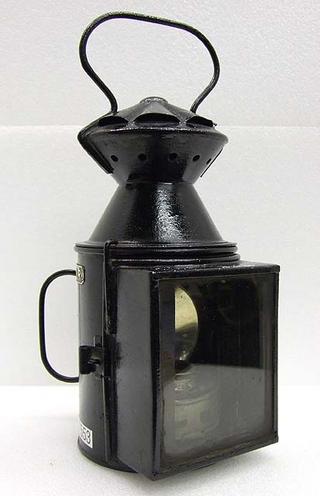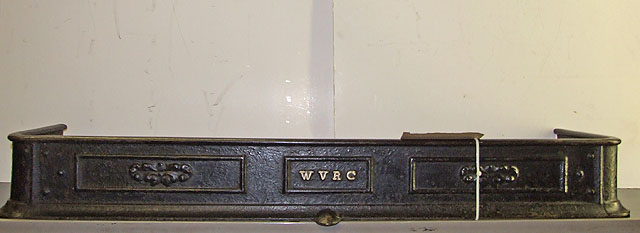
Britannia statue
- maker:
- John Thomas








Statue, Britannia with supporters, London & North Western Railway, formerly displayed in the Great Hall of Euston Station over the door leading to the general meeting room, 1849-1961, subsequently displayed in the restaurant at Euston Station, 1962-1986. Soft stone, sculpted by John Thomas, 1849. To Britannia's left is a lion, and a figure of Mercury and to her right is a figure representing the Arts and Sciences.
This high-relief statue of Britannia stood over the entrance to the main meeting room at Euston Station.
Euston was the first inter-city station in London, and connects the capital to Liverpool, Manchester, Edinburgh, and Glasgow via the West Coast Main Line. It became one of the busiest stations in London, was damaged during the Blitz, and by the 1950s had become increasingly crowded and run-down. British Railways determined that the station needed to be entirely redeveloped, a decision which was unpopular but went ahead, and the Great Hall and iconic Doric arch were demolished and the statue removed. It remained in storage until it was put on display at the National Railway Museum in 1999.
The seated figure of Britannia rests an arm by the head of a lion, while on her other side is the prow of a ship. The statue was crafted at a time of British imperial ascendancy and the sculptor John Thomas clearly wanted to highlight this fact. The lion had been associated with England for centuries, and the ship reflects British naval dominance.
Britannia is supported by the figure of Mercury, whose caduceus rests in his left hand while in his right he holds a hammer. As well as his renown as the messenger god, Mercury (or Hermes in Greek mythology) was the god of financial success, travellers, and commerce, making him an appropriate companion for Britannia in the context of the railways. The hammer's meaning is unknown, but it is possible that with Mercury's association with commercial success the hammer is meant to symbolise how industry can achieve this.
The other supporting figure in the arrangement represents the arts and sciences. A woman in classical drapery sits at Britannia’s right hand, her finger pointing to a scroll of paper while her gaze turns towards a sphere: this is possibly a reference to the British Empire, with the paper representing a map and the sphere a Globe. The imagery and mythological links suggest an attitude of reverence, the lavish decoration of the station suggesting that great feats are possible when art and science are combined with industry and the might of the British Empire.




